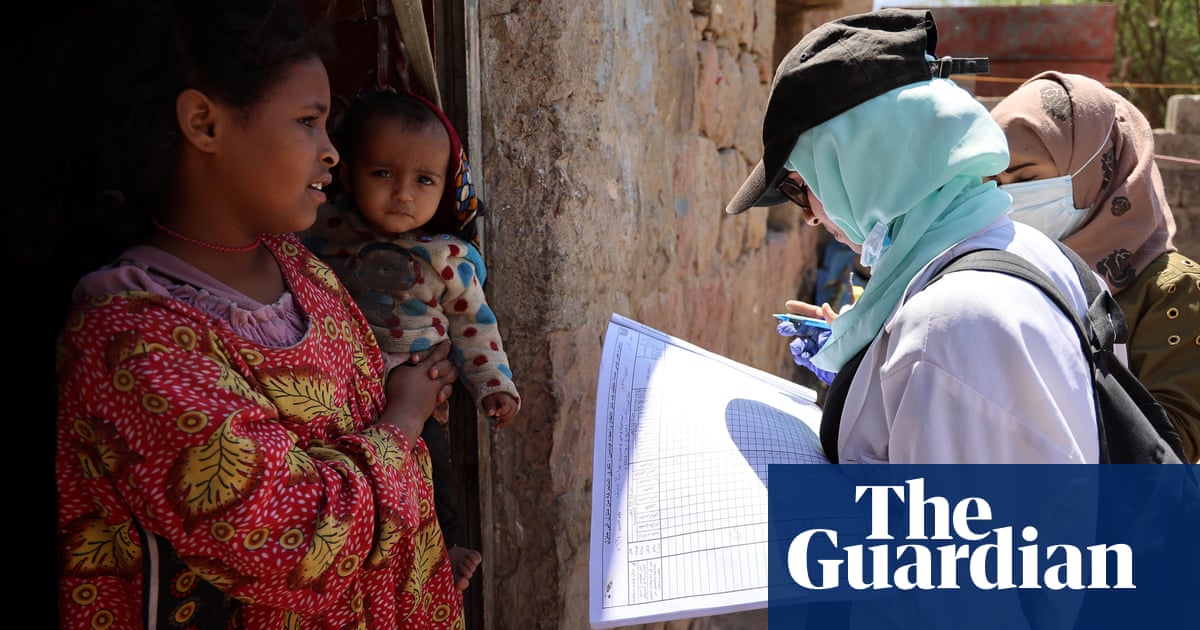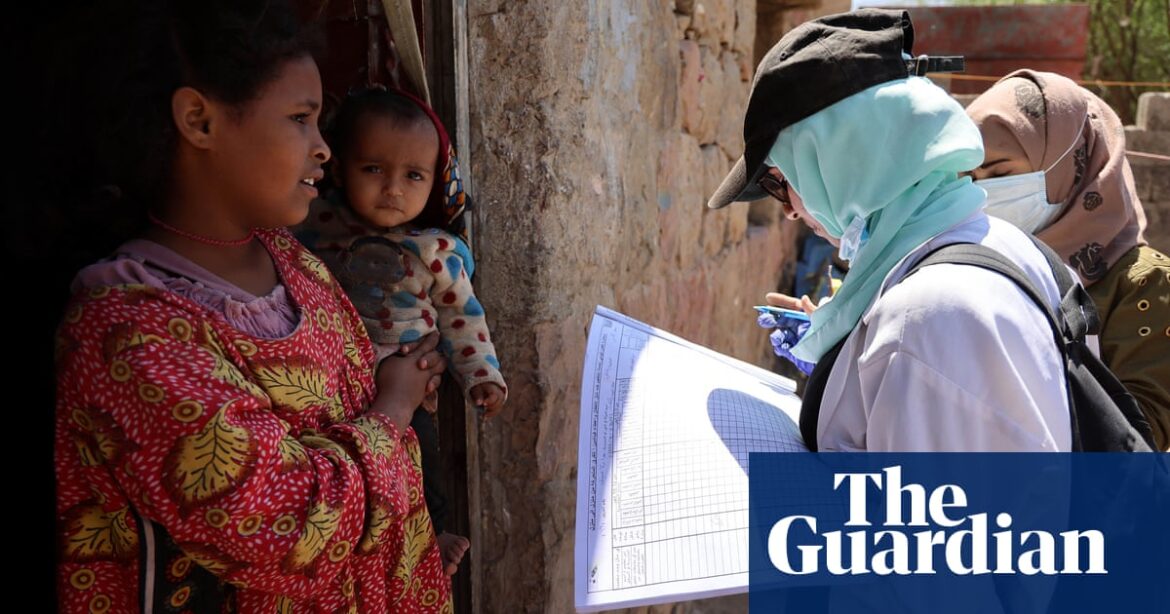
Conflicts have hampered efforts to vaccinate children across the world, health leaders have warned, as new figures showed about 14.5 million children had not received a single immunisation dose.
More than half of the children live in countries where armed conflicts or other humanitarian crises had created fragile and vulnerable situations, according to data from the UN children’s agency, Unicef, and the World Health Organization.
The war in Sudan has led to a huge rise in numbers of unvaccinated children, from about 110,000 in 2021 to an estimated 701,000 last year. Yemen has 580,000 unvaccinated children, up from 424,000 three years ago.
In addition to the 14.5 million “zero-dose” children in 2023, 6.5 million children were “under-vaccinated”, meaning they had not received all their recommended doses.
Both figures were up from 2022, officials said on Monday, warning that despite progress in some regions, an international goal to halve the number of zero-dose children by 2030 was off-track.
Dr Katherine O’Brien, the director of the WHO’s immunisation and vaccines department, said: “This puts the lives of the most vulnerable children at risk.”
She said children in humanitarian settings “also lack security, they lack nutrition, they lack healthcare, and are most likely as a result of those things to die from a vaccine-preventable disease if they get it”.
Global vaccine coverage has yet to return to 2019’s levels, before the Covid-19 pandemic disrupted immunisation programmes. That year, 12.8 million children were classed as “zero-dose” and a further 5.5 million as under-vaccinated.
More than half of the world’s zero-dose children live in 10 countries, which officials said were “a mix of those with large birth cohorts, weak health systems or both”.
They include Nigeria, India, the Democratic Republic of the Congo and Indonesia. In 2023, Sudan, Yemen and Afghanistan joined the list.
Douglas Hageman, Unicef’s Sudan representative, said the country’s health system had collapsed during the war.
“National vaccination coverage has plummeted from 85% before the war to around 50% currently, with rates averaging 30% in active conflict areas and as low as 8% in South Darfur,” he said.
Outbreaks of vaccine-preventable diseases such as measles, rubella and polio were common, Hageman added.
Vaccinations in Yemen were “alarmingly low”, said Peter Hawkins, Unicef’s representative in the country.
“A combination of factors that have further worsened in recent years, including a lack of access to healthcare, vaccine hesitancy and worsening socioeconomic and political crisis, have exacerbated the situation,” he said.
O’Brien warned that misinformation circulating during the pandemic was “continuing to reverberate in many countries, and is actually resulting in deaths”.
The UN report said there had been a strong increase in coverage of the HPV vaccine, which can protect against cervical cancer, but it still needed to be introduced in 51 countries, including China and India.
Source: theguardian.com



